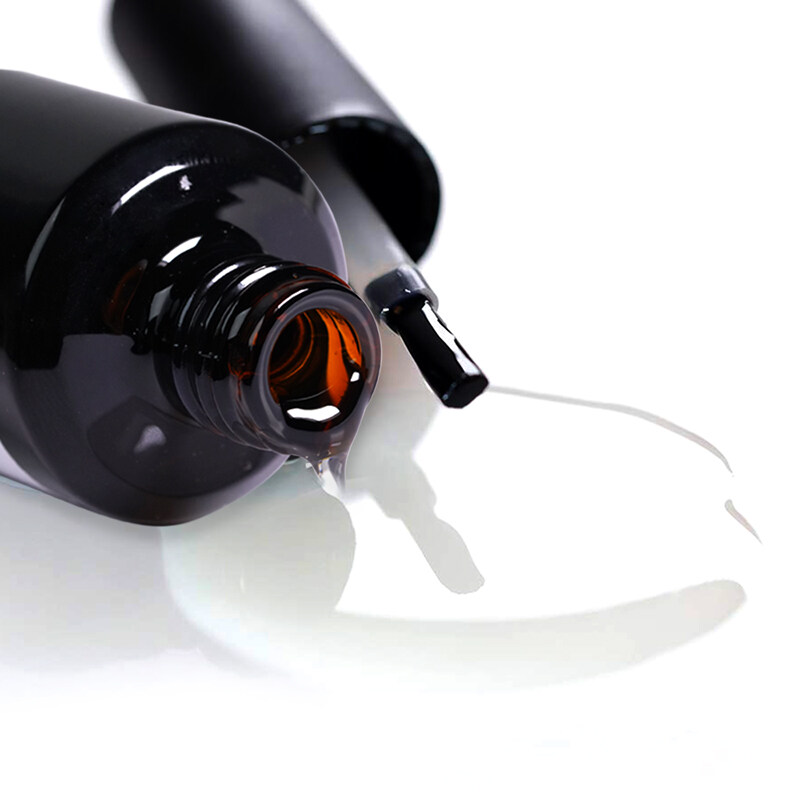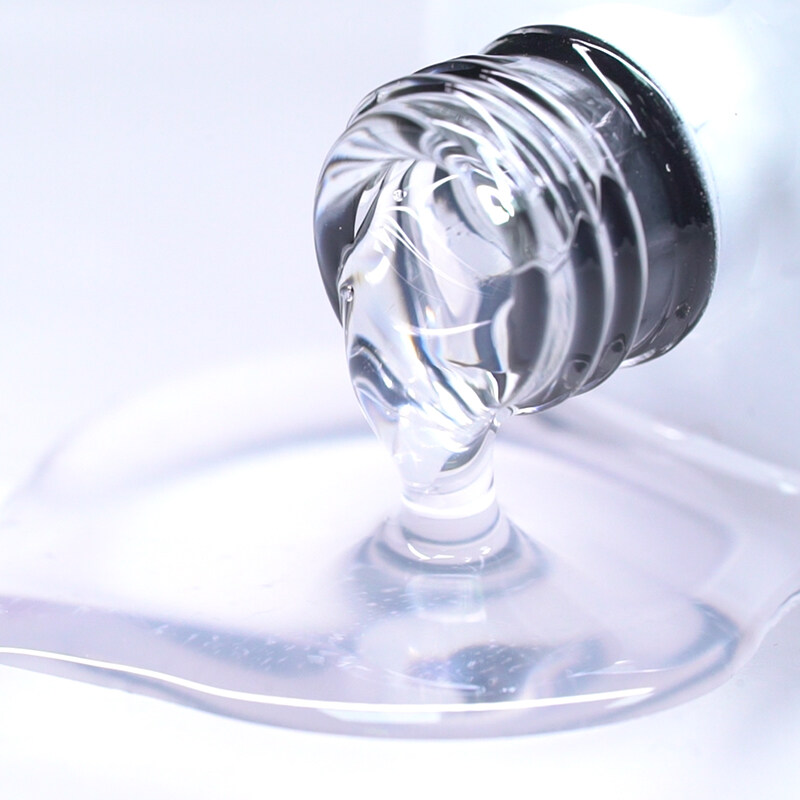Email format error
Email cannot be empty
Email already exists
6-20 characters(letters plus numbers only)
The password is inconsistent
Email format error
Email cannot be empty
Email does not exist
6-20 characters(letters plus numbers only)
The password is inconsistent


Welcome to our post on the common issue of a top coat not drying properly. Whether you are a professional nail technician or a DIY enthusiast, encountering this problem can be frustrating. In this comprehensive guide, we will explore the various reasons why a top coat may not dry and provide you with practical solutions to overcome this issue.
Understanding the Importance of a Top Coat:
The role of a top coat in nail care?
A top coat serves as a protective layer that seals and enhances the nail polish, providing a glossy finish and extending the manicure’s longevity.

Benefits of using a top coat?
1. Protection: A top coat acts as a protective barrier, shielding your nail polish from external factors such as water, chemicals, and everyday wear and tear. It helps prevent chipping, peeling, and fading, ensuring your manicure lasts longer.
2. Shine and Gloss: One of the most noticeable benefits of a top coat is the added shine and gloss it provides to your nails. It enhances the color of your nail polish, giving it a vibrant and glossy finish that catches the light and makes your nails look polished and professional.
3. Smoothing and Evening Out: A top coat can help smooth out any imperfections or unevenness in your nail polish application. It fills in any ridges or bumps, creating a smooth and flawless surface for a more professional-looking manicure.
4. Quick Drying: The top coats are formulated to dry quickly, reducing the waiting time between layers and allowing you to get on with your day without worrying about smudging or smearing your freshly painted nails. Quick-dry top coats are especially beneficial for those who are always on the go or have limited time for nail care.
5. Longevity: By providing an extra layer of protection, a top coat helps extend the life of your manicure. It helps prevent the nail polish from chipping, fading, or losing its shine, allowing you to enjoy your beautiful nails for a longer period of time.
6. Nail Strength and Health: The top coats are enriched with ingredients that promote nail strength and health. They can help prevent breakage, splitting, and peeling, keeping your nails strong and resilient.
7. Versatility: Top coats are versatile and can be used with various types of nail polish, including regular nail polish, gel polish, and nail art. They can be applied over any color or design, adding a glossy finish and enhancing the overall look of your nails.
8. Easy Removal: When it’s time to remove your nail polish, a top coat can make the process easier. It forms a protective layer that prevents the nail polish from staining your nails, making it easier to wipe away with nail polish remover.
Common types of top coats available in the market?
1. Clear Top Coat: This is a transparent top coat that provides a glossy finish and enhances the color and shine of the underlying nail polish.
2. Matte Top Coat: This type of top coat gives a matte or non-shiny finish to the nails, creating a trendy and modern look.
3. Gel Top Coat: Gel top coats are designed to be used with gel nail polishes. They provide a high-shine finish and help to protect the gel polish from chipping and peeling.
4. Quick-Dry Top Coat: As the name suggests, this type of top coat dries quickly, allowing you to apply multiple layers of polish in a shorter amount of time.
5. Strengthening Top Coat: These top coats are formulated with ingredients that help to strengthen and protect the nails, reducing breakage and promoting healthier nails.
6. UV-Protective Top Coat: UV-protective top coats are designed to shield the nails from harmful UV rays, preventing yellowing and discoloration.
7. Peel-Off Top Coat: Peel-off top coats create a temporary layer on the nails that can be easily peeled off without the need for nail polish remover. They are convenient for those who like to frequently change their nail color.
Factors Affecting Top Coat Drying Time?
1. Humidity and Temperature:
How humidity affects drying time: High humidity levels can slow down the drying process, causing the top coat to remain tacky or not dry at all.
Ideal temperature and humidity conditions for drying: The optimal temperature for drying nail polish is around 70-75°F (21-24°C), with humidity levels below 50%.
Tips for controlling humidity and temperature in your workspace: Use dehumidifiers, air conditioners, or fans to regulate the humidity and maintain a suitable temperature.
2. Application Technique:
Proper application techniques for a smooth and even top coat: Apply thin, even layers of the top coat, avoiding excessive brush strokes.
Common mistakes that can hinder drying: Applying a thick layer, overworking the brush, or applying the top coat too soon after the base coat.
Tips for achieving a flawless application: Use slow, deliberate strokes, and allow each layer to dry before applying the top coat.
Common Reasons for a Top Coat Not Drying?
1. Thick Application:
How applying a thick layer can prevent drying: Thick layers take longer to dry as the solvents in the top coat need more time to evaporate.
Solutions for thinning out the top coat: Add a few drops of nail polish thinner to the bottle and mix well. This will help restore the consistency and improve drying time.
2. Incompatible Products:
The importance of using compatible base coats, nail polishes, and top coats: Different brands or formulas may not work well together, leading to drying issues.
Identifying incompatible products and their impact on drying time: Look for signs of incompatibility, such as bubbling, peeling, or prolonged drying time.
Recommendations for finding compatible products: Stick to one brand or do thorough research to ensure compatibility between the base coat, nail polish, and top coat.
3. Old or Expired Top Coat:
How the age and quality of the top coat can affect drying: Over time, top coats can thicken, lose their effectiveness, and take longer to dry.
Signs of an expired top coat: Changes in consistency, strong odor, or separation of ingredients indicate that the top coat has expired.
Tips for proper storage and shelf life extension: Store the top coat in a cool, dark place, tightly sealed, and away from direct sunlight to prolong its shelf life.
4. Insufficient Drying Time:
The importance of allowing each layer to dry before applying the top coat: Rushing the process can result in smudging, streaking, or a tacky finish.
Factors that can affect drying time between layers: Humidity, temperature, and the thickness of the layers can impact drying time.
Recommendations for ensuring adequate drying time: Follow the recommended drying time mentioned on the nail polish bottle and consider using a quick-dry product or a UV/LED lamp.
Troubleshooting Tips?
1. Quick-Dry Products:
Overview of quick-dry top coats and their benefits: Quick-dry top coats contain ingredients that expedite the drying process, reducing waiting time.
Recommendations for reliable quick-dry products: Look for reputable brands that offer quick-dry top coats with positive customer reviews.
2. Using a UV or LED Lamp:
How UV or LED lamps can expedite drying time: These lamps emit specific wavelengths that cure the nail polish, resulting in faster drying.
Understanding the differences between UV and LED lamps: UV lamps require more time to cure the polish, while LED lamps offer quicker curing times.
Recommendations for selecting a suitable lamp: Consider your budget, preferences, and the compatibility of the lamp with your nail polish brand.
3. Adding Drying Agents:
Introduction to drying agents and their role in accelerating drying time: Drying agents contain solvents that help evaporate the moisture in the nail polish, reducing drying time.
Popular drying agents and their application methods: Products like nail polish drying sprays or drops can be applied after the top coat to speed up drying.
4. Sealing with Cold Water:
The science behind using cold water to speed up drying: Plunging freshly painted nails into cold water helps harden the polish and expedite the drying process.
Step-by-step guide for sealing with cold water: Fill a bowl with cold water, add ice cubes if desired, and dip your nails for a few minutes after applying the top coat.
Prevention and Maintenance?
Tips for preventing future drying issues: Follow proper application techniques, use compatible products, and ensure adequate drying time between layers.
Regular maintenance practices for prolonging the life of your top coat: Apply a fresh top coat every few days to maintain the shine and protect the underlying layers.
Recommended nail care routines: Keep your nails clean, moisturized, and protected to prevent drying and brittleness.
Conclusion
In this comprehensive guide, we have explored the various factors that can contribute to a top coat not drying properly. By understanding the importance of a top coat, identifying common reasons for drying issues, and implementing troubleshooting tips, you can overcome this problem and achieve flawless, long-lasting manicures. Remember to experiment with different techniques and products to find what works best for you. Happy nail care!